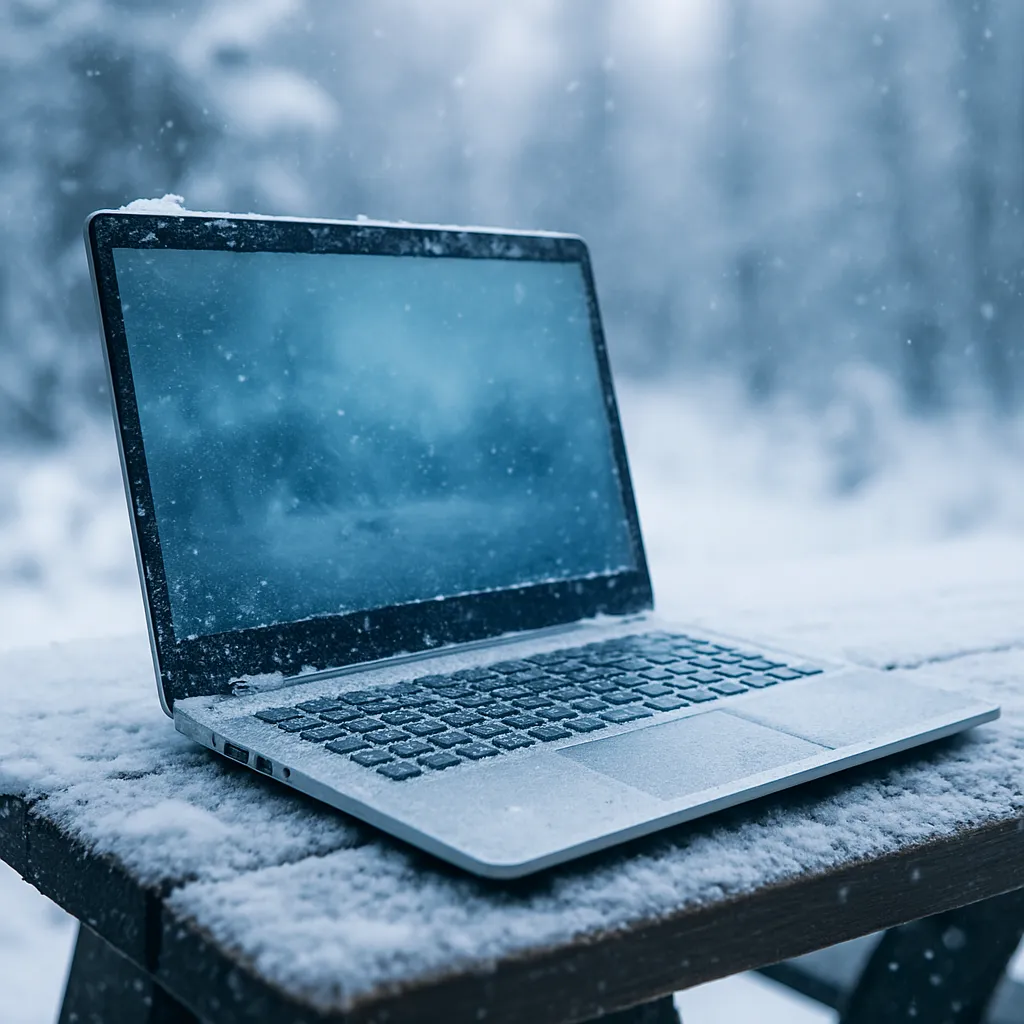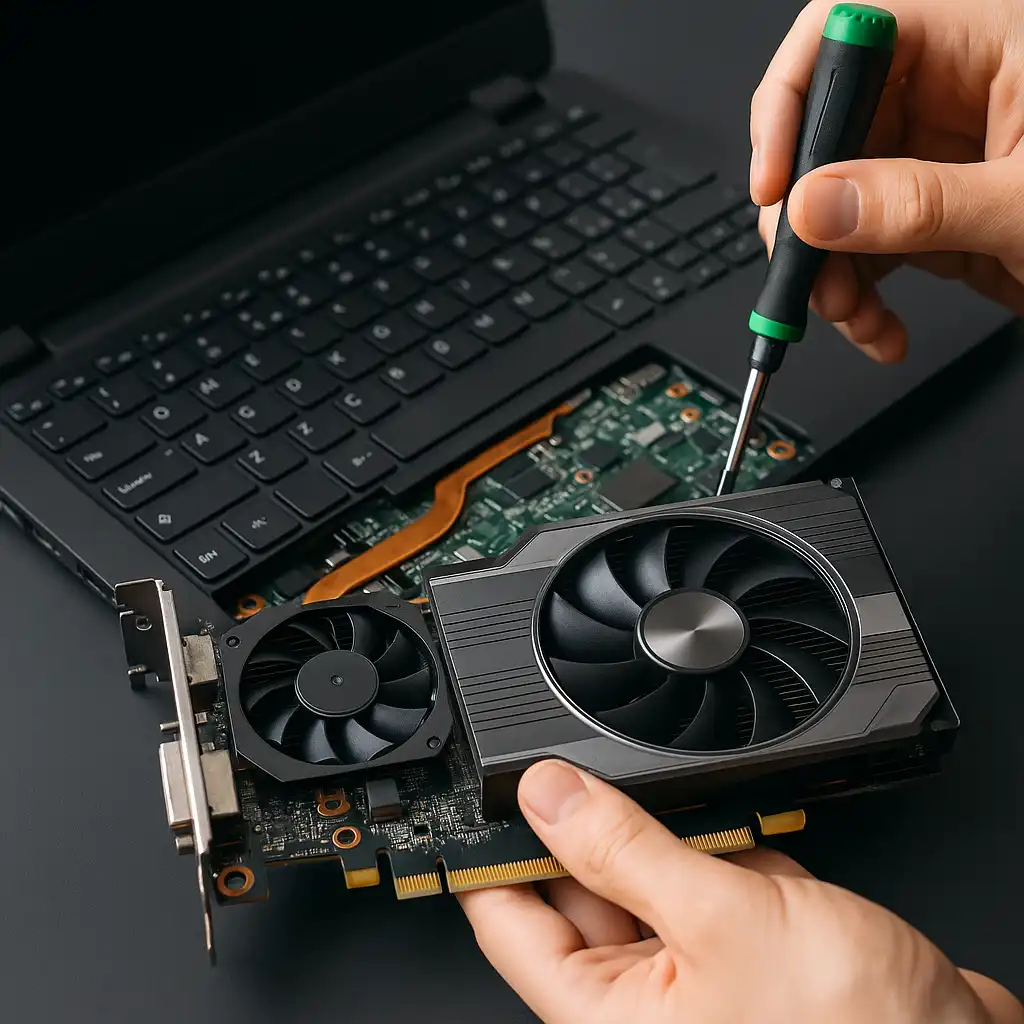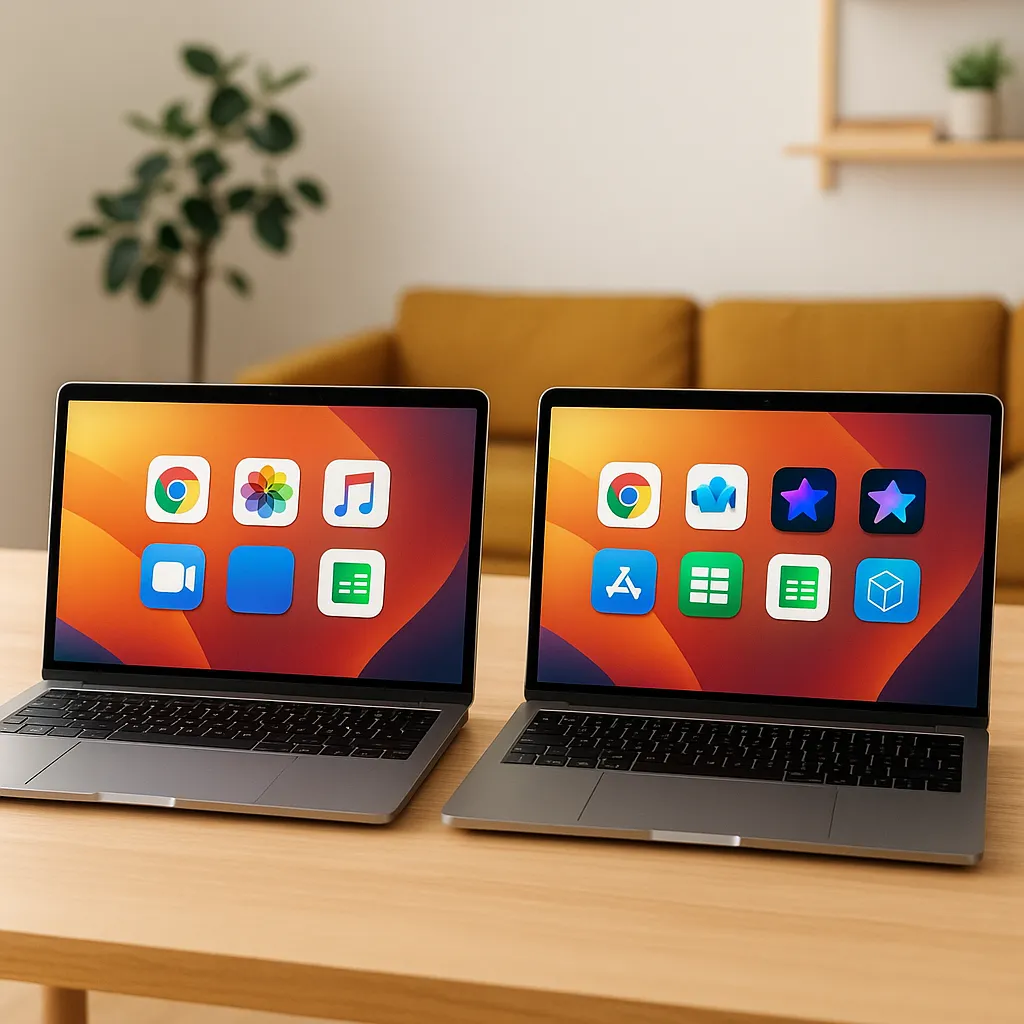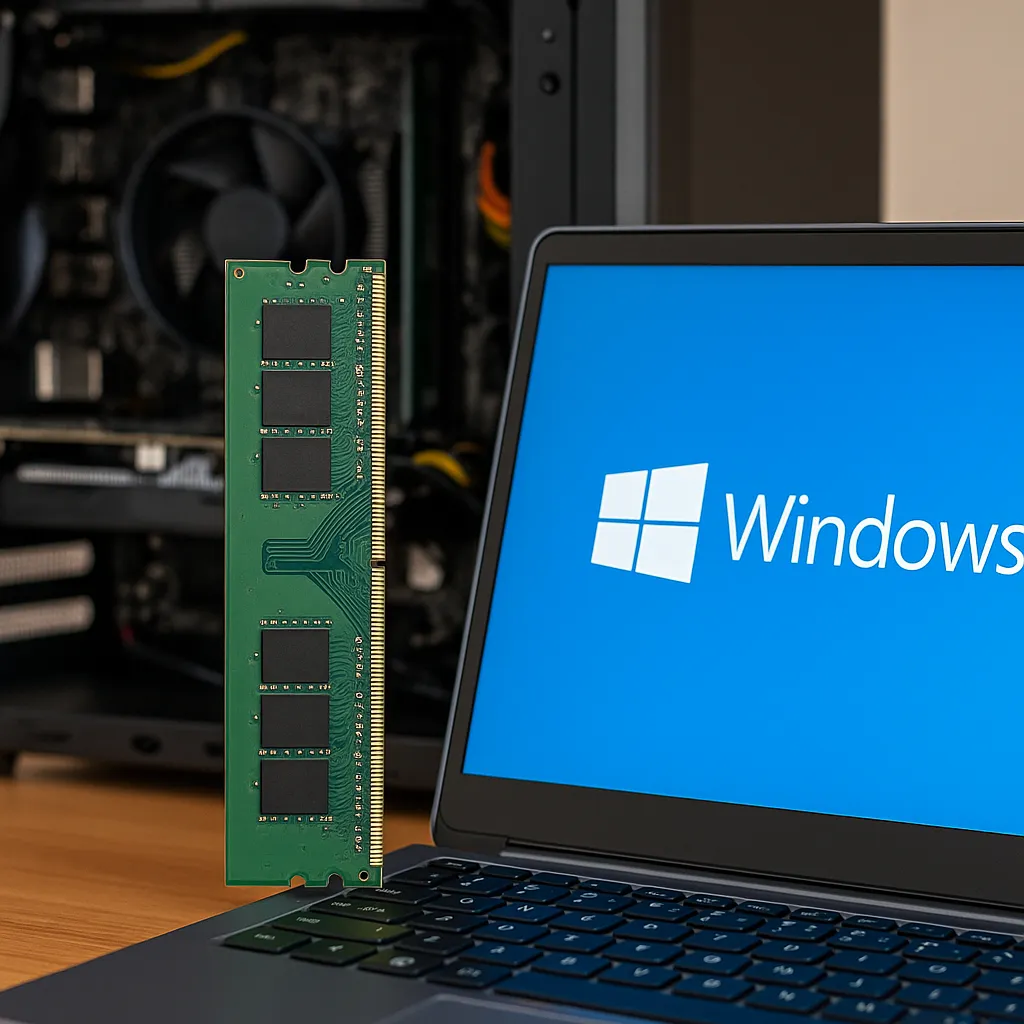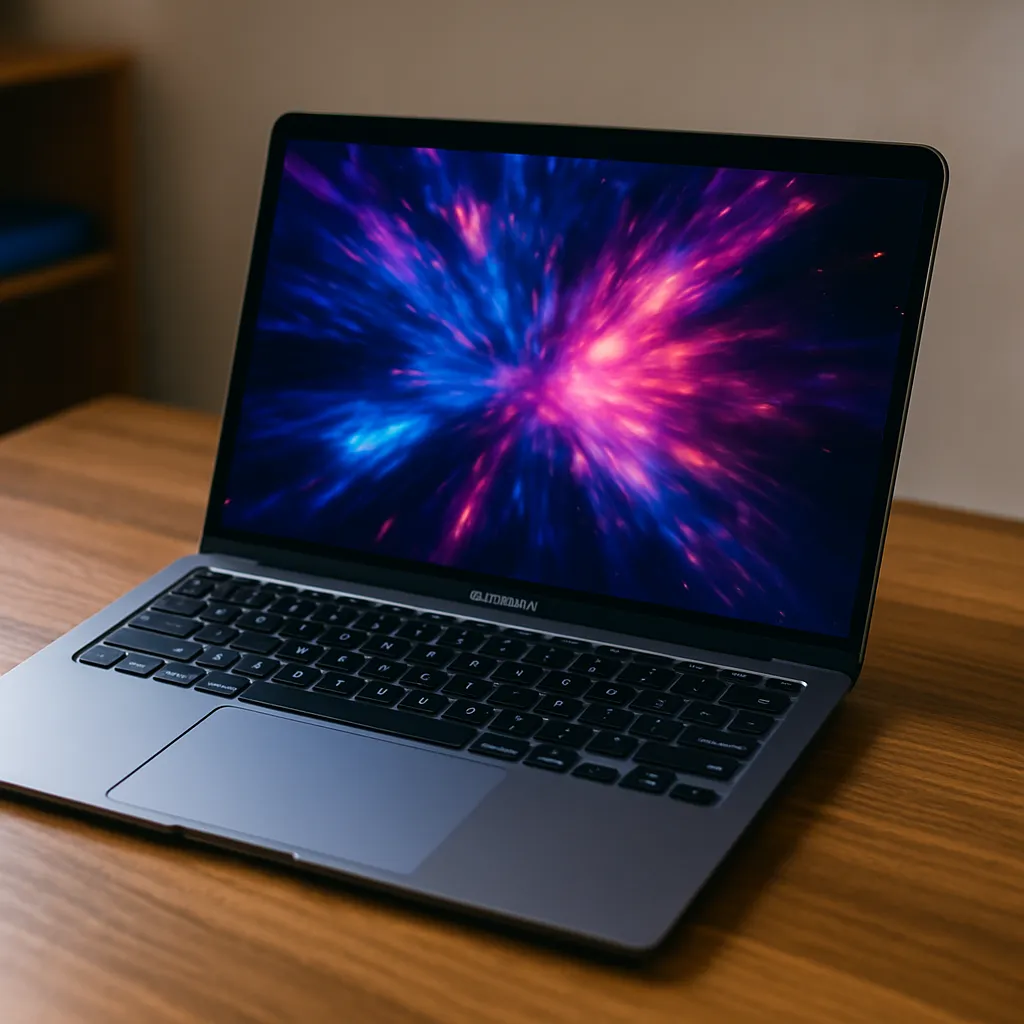Can Laptops Get Too Cold? What Low Temps Really Do to Your Device
Disclosure: This post contains affiliate links. LaptopVoyager.com participates in the Amazon Associates Program and may earn commissions on qualifying purchases, at no extra cost to you.
Laptops are built for mobility, but they’re not invincible. When temperatures drop too low, your laptop’s battery, display, and internal components can take a hit—sometimes without warning.
Whether you’re working in a chilly cabin, commuting during winter, or accidentally left your device in the car overnight, cold weather can cause slow performance, battery issues, and even long-term damage if you’re not careful. Here’s what you should know to keep your laptop running smoothly in colder conditions.
Cold Temperatures Drain Battery Life Fast
Laptop batteries tend to lose power quickly in the cold. Most devices are rated to run best between 50°F and 95°F (10°C to 35°C). When the temperature dips below that, the lithium-ion battery struggles to keep up.
Many users report sudden shutdowns, even when the battery appears full. In most cases, the issue goes away after the laptop warms up, but if this happens often, it can shorten your battery’s overall life.
Cold Startups and Condensation Risks
Booting up a cold laptop isn’t always smooth. According to manufacturer guidelines and user feedback, low temps can slow the startup process or cause your screen to flicker, dim, or lag.
But the bigger issue is moisture. When a cold laptop is brought indoors and powered on too soon, condensation can form inside. That internal moisture can damage key components like the motherboard or SSD. It’s a smart idea to let your laptop sit at room temperature for about 30 minutes before turning it on.
Using Your Laptop in Cold Weather
Even if your laptop powers on just fine, actually using it in the cold can be frustrating. LCD screens may respond slowly, and some users notice ghosting or delayed refresh rates. It’s especially noticeable when scrolling or watching video.
Keyboards can also feel stiffer in the cold—particularly on thin ultrabooks. If your fingers are already freezing, typing gets even harder. Gloves with touchscreen tips help a little, but it’s still not an ideal setup.
Tips for Cold-Weather Travel and Storage
Leaving your laptop in a freezing car isn’t a great idea. Most are designed to handle storage temps down to -4°F (-20°C), but extended exposure can cause problems once the device warms back up.
To play it safe:
- Let cold laptops sit at room temp for 30+ minutes before turning them on.
- Use a padded sleeve or insulated case during winter travel.
- Avoid powering up your device immediately after bringing it indoors from freezing conditions.
Conclusion
Yes, laptops can absolutely get too cold—and that can lead to faster battery drain, sluggish displays, and even hardware damage from internal condensation. These issues aren’t permanent if you catch them early, but repeated exposure can take a toll over time.
Whether you’re using your laptop for school, work, or travel, it’s worth being cautious during colder months. Give your device time to warm up, avoid harsh temperature swings, and store it safely whenever possible.

